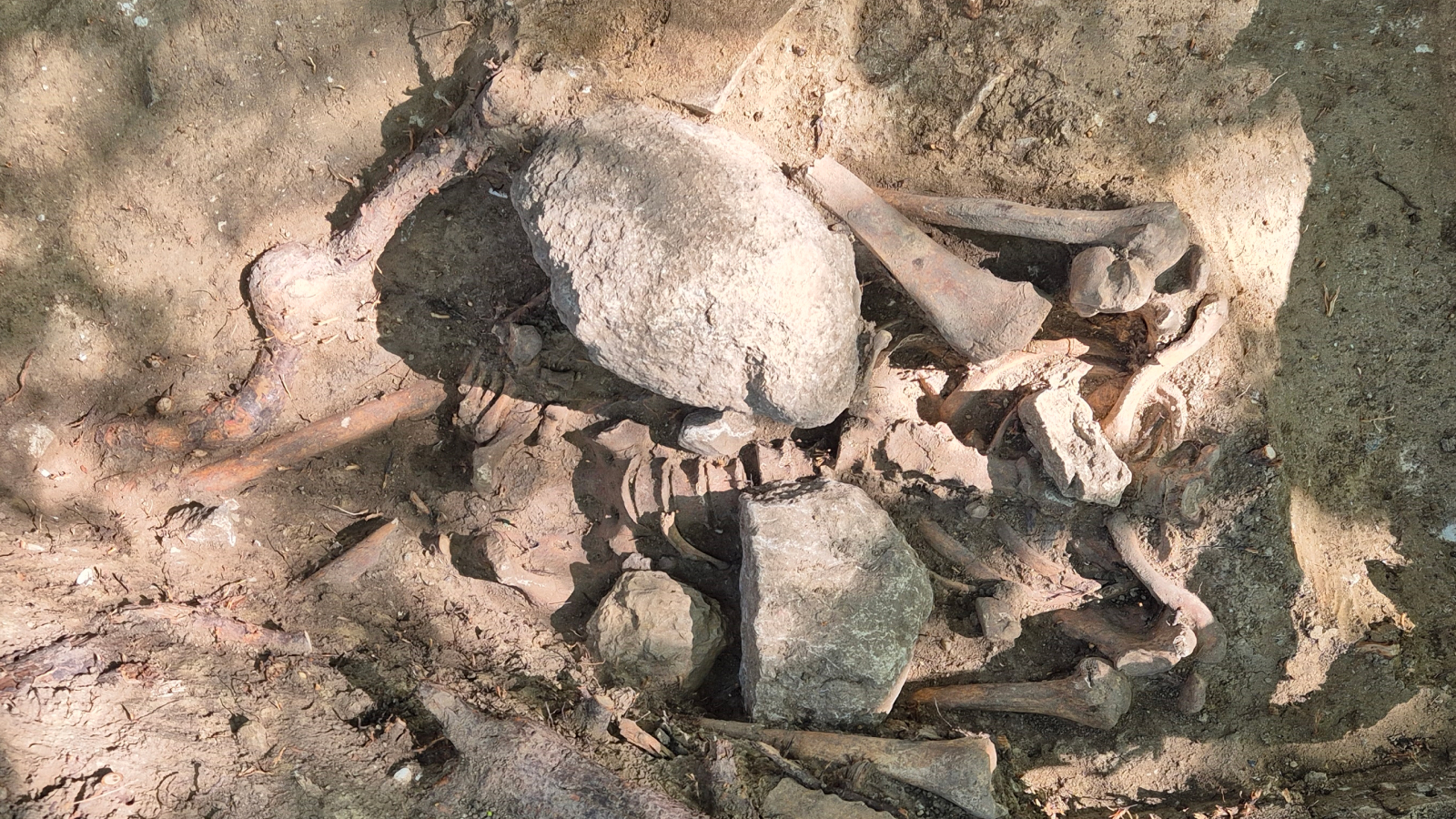IJERPH, Vol. 20, Pages 3235: Diffusion Behavior of VOC Molecules in Polyvinyl Chloride Investigated by Molecular Dynamics Simulation
International Journal of Environmental Research and Public Health doi: 10.3390/ijerph20043235
Authors: Yun-Feng Mao Shun-Nan Long Zhuo Li Wen-Quan Tao
Due to the threats posed by many volatile organic compounds (VOCs) to human health in indoor spaces via air, the mass transfer characteristics of VOCs are of critical importance to the study of their mechanism and control. As a significant part of the mass transfer process, diffusion widely exists in emissions from floors (e.g., PVC floors) and in sorption in porous materials. Molecular simulation studies by can provide unparalleled insights into the molecular mechanisms of VOCs. We construct the detailed atomistic structures of PVC blend membranes to investigate the diffusion behavior of VOC molecules (n-hexane) in PVC by molecular dynamics (MD). The variation in the diffusion coefficient of n-hexane in PVC with respect to temperature is in line with Arrhenius’ law. The effect of temperature on the diffusion mechanism was investigated from the perspectives of free volume, cavity distribution and polymer chain mobility. It was found that the relationships between the diffusion coefficients of n-hexane in the polymer and the inverse fractional free volume are exponential and agree well with the free volume theory. Hopefully, this study will offer quantitative insights into the mass transport phenomena of VOCs within polymeric materials.

 1 year ago
42
1 year ago
42


